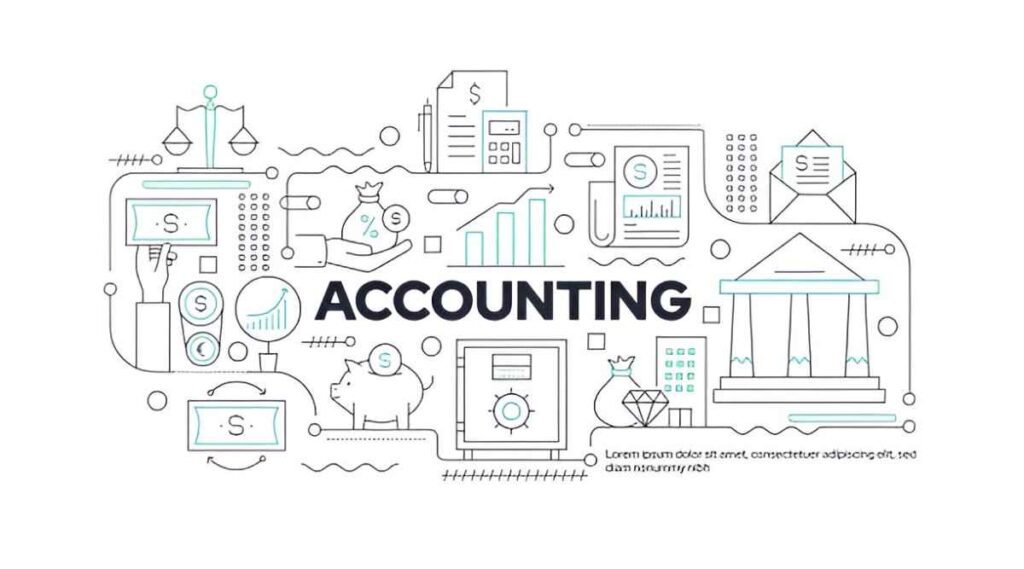Haulage plays a critical role in the U.S. economy, yet many people struggle to grasp its complexities. As someone who has spent years analyzing logistics and transportation, I want to break down how haulage works, why it matters, and what businesses need to know to optimize their supply chains.
Table of Contents
What Is Haulage?
Haulage refers to the commercial transport of goods by road, rail, sea, or air. In the U.S., trucking dominates haulage due to the country’s vast highway network and just-in-time delivery demands. Unlike courier services that handle small parcels, haulage deals with bulk shipments—everything from raw materials to finished consumer goods.
Key Components of Haulage
- Freight Classification – Determines shipping costs based on weight, dimensions, and commodity type.
- Mode of Transport – Road (trucking), rail, maritime, or air freight.
- Logistics Management – Routing, scheduling, and tracking shipments.
The Economics of Haulage
Transportation costs significantly impact product pricing. The American Transportation Research Institute (ATRI) reports that trucking alone accounts for over 70\% of U.S. freight tonnage. Fuel, labor, and regulatory compliance drive expenses.
Cost Calculation Example
Suppose a truck carries 10,000 lbs of cargo over 500 miles. If the rate is \$2.50 per mile, the total cost is:
500 \text{ miles} \times \$2.50/\text{mile} = \$1,250Now, if the shipment weighs 10,000 lbs, the cost per hundredweight (CWT) is:
\frac{\$1,250}{10,000 \text{ lbs}} \times 100 = \$12.50 \text{ per CWT}This pricing model helps shippers compare rates across carriers.
Comparing Haulage Modes
| Mode | Cost per Ton-Mile | Transit Time | Best For |
|---|---|---|---|
| Trucking | \$0.38 | 1-3 days | Short-distance, perishables |
| Rail | \$0.12 | 4-7 days | Bulk commodities |
| Maritime | \$0.03 | 2-4 weeks | International shipments |
| Air Freight | \$1.50 | 1-2 days | High-value, urgent goods |
Trucking offers flexibility but at a higher cost, while rail and maritime shipping provide economies of scale for heavy, non-perishable goods.
Regulatory and Environmental Factors
The U.S. Department of Transportation (DOT) enforces safety standards, including Hours of Service (HOS) rules to prevent driver fatigue. The Federal Motor Carrier Safety Administration (FMCSA) mandates Electronic Logging Devices (ELDs) to track driving hours.
Sustainability is another growing concern. Diesel trucks emit 22.2 pounds of CO₂ per gallon burned. Companies now explore electric and hydrogen-powered trucks to cut emissions.
The Role of Technology
Modern haulage relies on telematics, GPS tracking, and AI-driven route optimization. For example, dynamic routing adjusts paths in real-time to avoid traffic, saving fuel and time.
Predictive Maintenance Formula
Fleet managers use predictive models to schedule maintenance. If a truck’s engine shows wear at 200,000 miles, the expected failure rate can be modeled as:
P(failure) = 1 - e^{-\lambda t}Where:
- \lambda = failure rate
- t = mileage
This helps prevent costly breakdowns.
Challenges in Haulage
- Driver Shortages – The American Trucking Associations (ATA) estimates a deficit of 80,000 drivers.
- Fuel Price Volatility – Diesel costs fluctuate, impacting profit margins.
- Infrastructure Strain – Aging roads and bridges increase maintenance costs.
Future Trends
- Autonomous Trucks – Companies like Tesla and Waymo test self-driving trucks to mitigate labor shortages.
- Blockchain in Logistics – Enhances transparency in freight tracking.
- Last-Mile Innovations – Drones and electric vans streamline urban deliveries.
Conclusion
Haulage is the backbone of U.S. commerce, but it faces evolving challenges. By understanding cost structures, regulatory demands, and emerging technologies, businesses can make informed logistics decisions. Whether you’re a manufacturer, retailer, or logistics provider, optimizing haulage operations ensures efficiency and competitiveness in a fast-moving economy.





